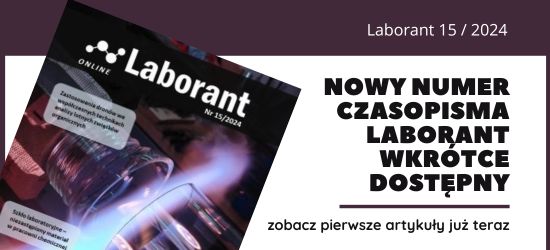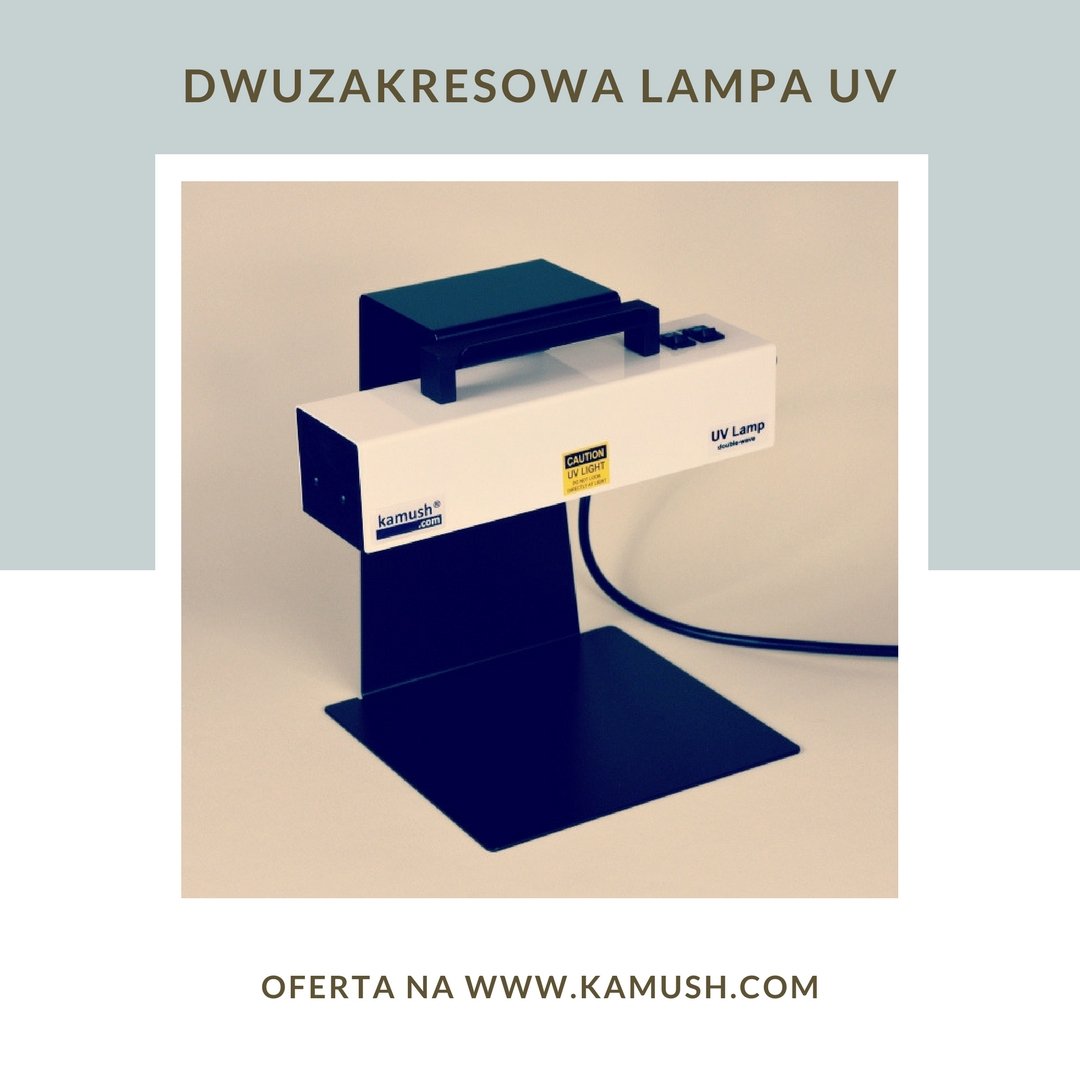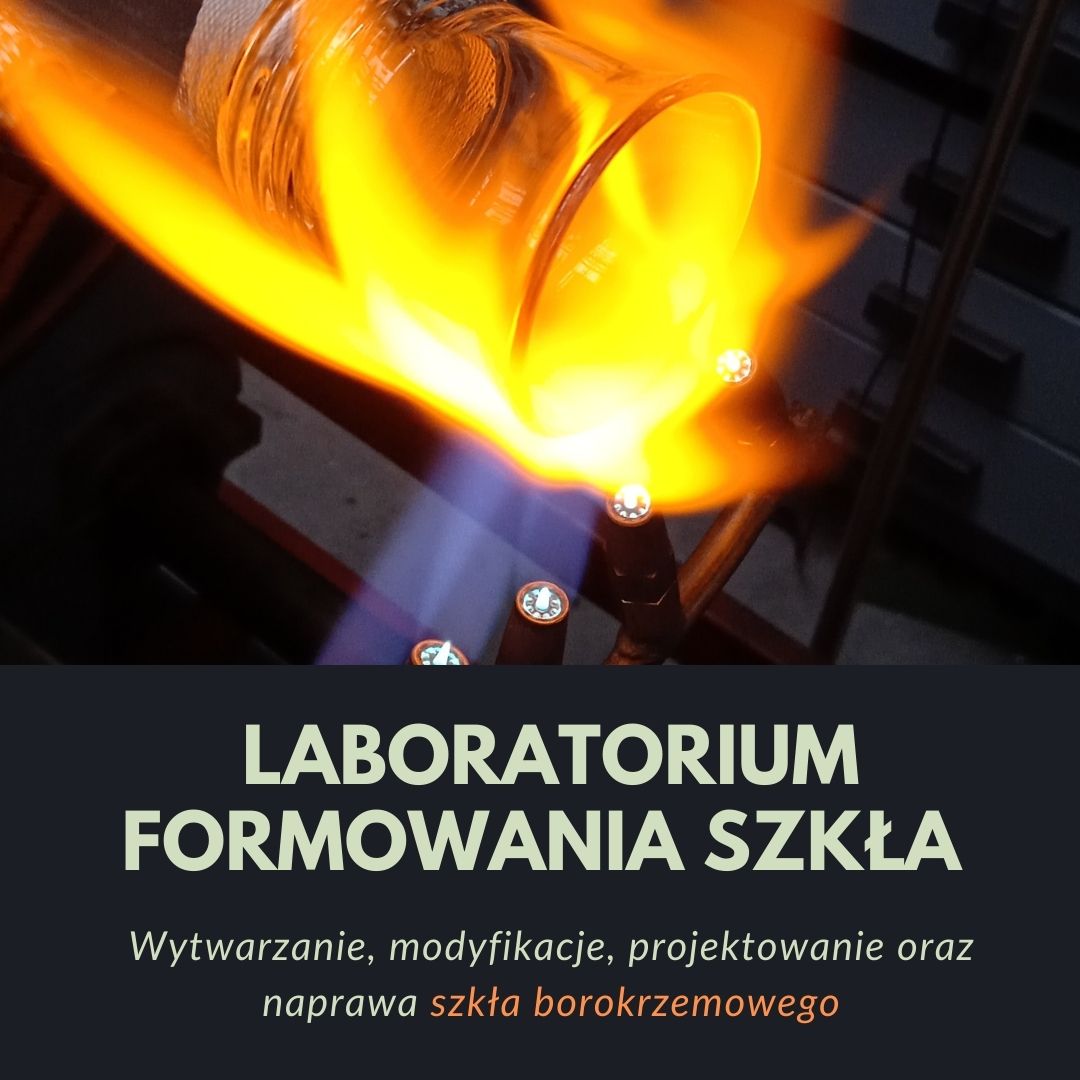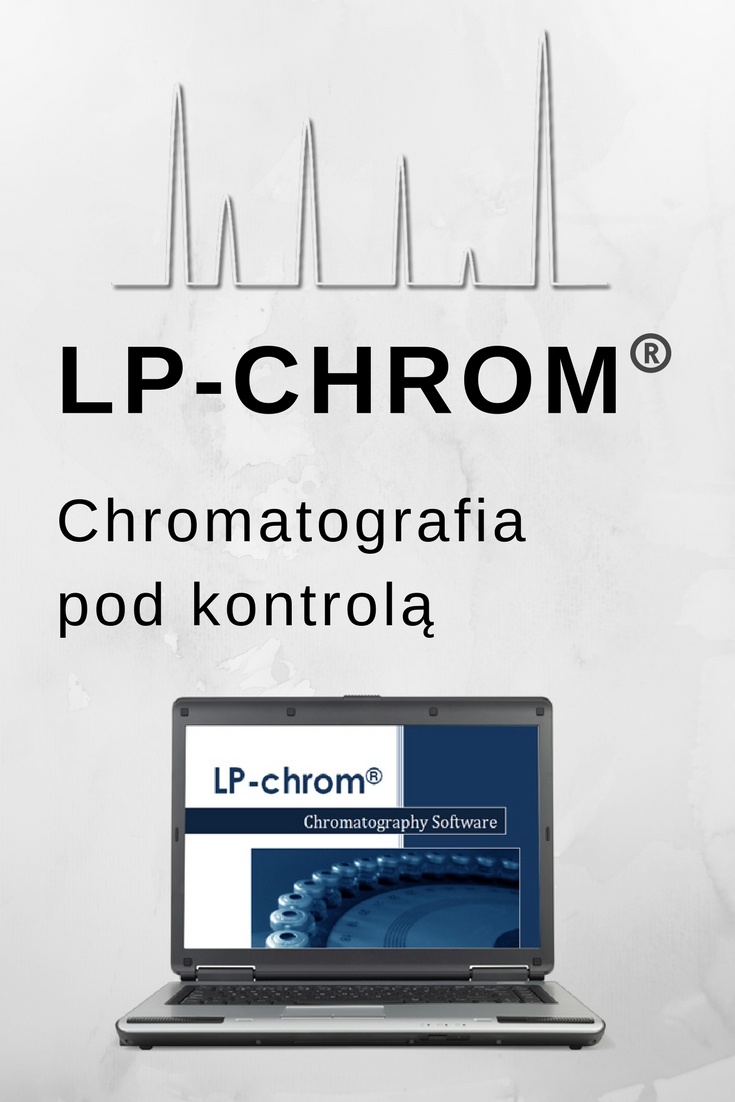Izabela Milczarek, PhD, Specialist in Patents Department at Patpol
Patpol - European and Polish Patent and Trade Mark Attorneys
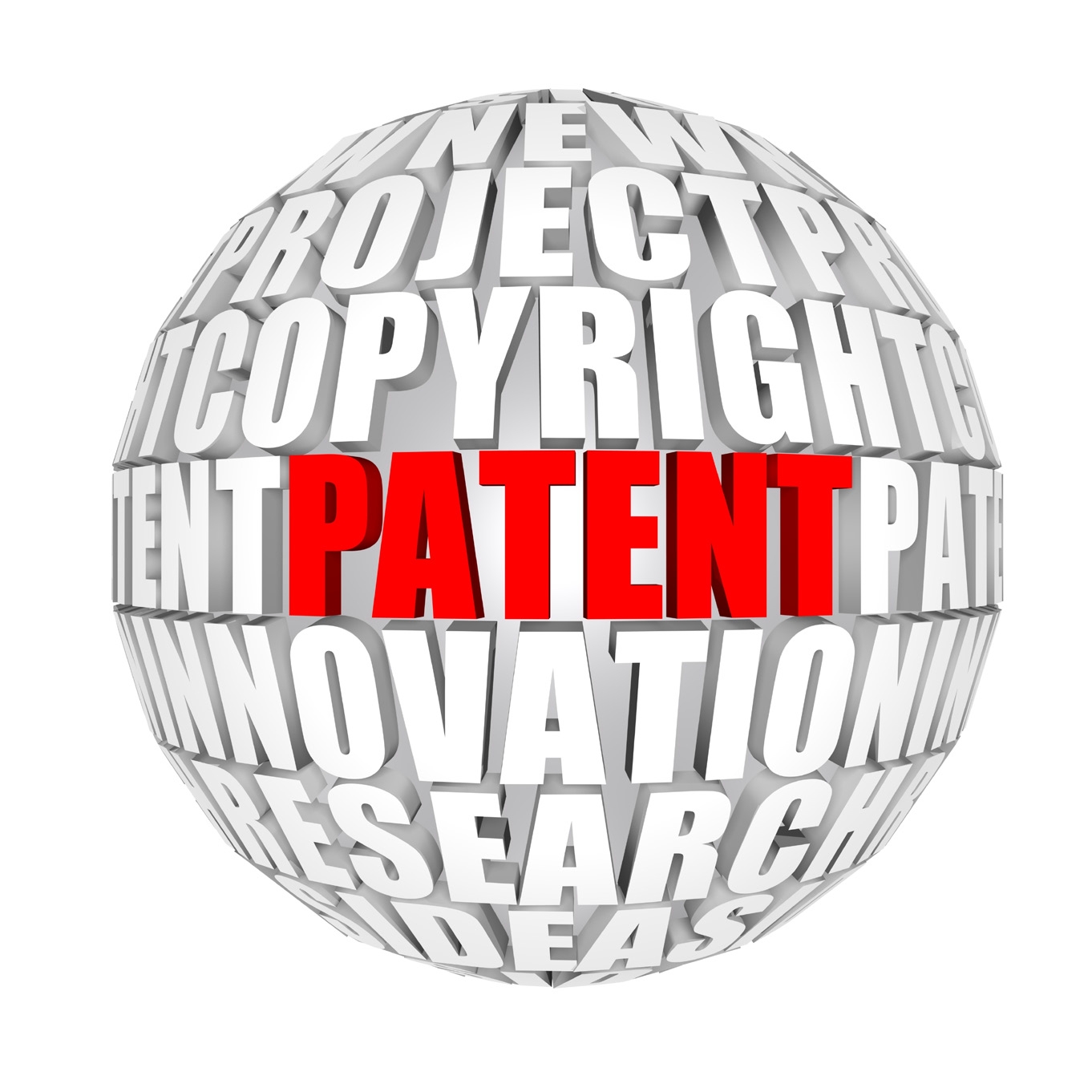

What is biotechnology?
The 20th century was the era of dynamic development in many areas of science. One of the fields developing the fastest was biotechnology, which moved from scientific laboratories to industry, thus creating a new branch with a turnover reaching billions of dollars.
Biotechnology, according to the United Nations Convention on Biological Diversity as of 1993, is any technological application that uses biological systems, living organisms or derivatives thereof to make or modify products or processes for specific use.
Biotechnological methods have been used for thousands of years, for example in wine and beer making. It was in 1920 when the first Bureau of Biotechnology was established in Leeds and it published a gazette on fermentation technology. Recently, the fermentation processes have been used not only in alcohol making but also in pharmaceutical industry for the manufacture of antibiotics. What is more, some antibiotics are still produced by isolating products from fermentation involving microorganisms which occur in nature or in a genetically modified form. The milestones for modern biotechnology were set in 1950s and 1970s respectively, when the DNA structure was determined and two basic biotechnological techniques were invented, namely DNA recombination and hybridoma creation. Further, owing to developments in genetic engineering, generation of transgenic plants and animals became possible.
According to classification proposed by the Europeant Association for Bioindustries (EuropaBio), biotechnology can be divided into the following fields: white field relating to biological systems used in industry and environment protection, red field covering health protection (new medicines, diagnostics, genetherapy and transplantology) and green field connected with agriculture (genetic engineering of plants and animals). There is also a violet field relating to legislation on biotechnology.
Because of fast development in biotechnology and its connections with various areas of science, it is essential to make the public aware of possibilities in relation to patenting biotechnological inventions. However, one must first explain what a biotechnological invention is and what criteria must be fulfilled in order to obtain patent protection.
What is a biotechnological invention?
Pursuant to Article 931 of the Industrial Property Law, in the meaning of Article 24, a biotechnological invention is a product consisting of biological material or containing such material, or a method by which that biological material is generated, processed or used. In compliance with Article 24, patents, regardless of the field of technology, shall be granted for inventions which are new, which involve an inventive step (i.e. they do not result in an obvious way from the state of the art) and which are susceptible of industrial application.
Biological material is material containing genetic information, capable of self-reproduction or eligible for reproduction in a biological system. Biotechnological inventions are also those which constitute biological material isolated from its natural environment or generated by means of a technical method, even though this material previously existed in nature.
Whereas a biological method is a method using the subject biological material or performed upon a microbiological material or a method which results in obtaining this material.
In the meaning of Article 932 of the Industrial Property Law patents may be granted for the following biotechnological inventions:
1. which constitute biological material that was isolated from its natural environment or made by technical means, even though it previously existed in nature;
2. which constitute material that was isolated from human body or made in any other technical way including a sequence or a partial sequence of a gene, even though the structure of that material is identical with that of the natural one;
3. which concern plants or animals, provided that technical capabilities of using the invention are not limited to a particular plant variety or animal race.
However, not all biotechnological solutions are eligible for patenting. Pursuant to Article 29 of the Industrial Property Law, patents shall not be granted for:
1. inventions whose exploitation would be contrary to public order or morality;
2. plant or animal varieties or essentially biological processes for the production of plants or animals;
3. methods for treatment of humans or animals or diagnostic methods applied on humans or animals.
Moreover, in accordance with Article 93 of the Industrial Property Law, human body at the stages of its formation and development, and mere discovery of one of its elements, including gene sequence, or partial gene sequence, shall not be regarded as invention.
As regards biotechnological inventions whose exploitation would be contrary to public order or morality in the meaning of Article 29.1.1, these in particular are:
1. methods of cloning human beings;
2. methods of modifying genetic identity of human embryo line;
3. exploitation of human embryo for industrial or commercial purposes;
4. methods of modifying genetic identity of animals, which may result in suffering of those animals without any essential advantages for medical treatment of humans or animals and animals which are a result of using said methods.
Thus, the most typical examples of biotechnological inventions are:
• microorganisms (such as bacteria, yeast, fungi, viruses, plant or animal cells) isolated or generated (e.g. by means of mutagenesis of an already existing organism, by fusion with another cell in order to obtain a hybridoma, or DNA transformation;
• microorganisms used in a particular method, e.g. fermentation, in order to obtain a particular product, or which are used in transformation of plants or animal cells in order to obtain a transgenic plant or animal;
• DNA molecules (genes or sequences which may be used as probes or primers in diagnostic assays or vectors for transforming host organisms, e.g. virus vectors used in gene therapy);
• proteins;
• monoclonal antibodies;
• transgenic plants;
• transgenic animals.
Another group of inventions comprising an obtained product are pharmaceutical compositions, vaccines, diagnostic kits or reagents. The obtained product can be used in such categories as medical, diagnostic, industrial or agricultural applications.
How to patent a biotechnological invention?
Biotechnological inventions must fulfill all patentability criteria as specified for other kinds of inventions. In addition, they are characterized by features which are specific only for this field. Patent law and relevant practice in relation to biotechnological inventions encounter many difficulties in following rapid scientific progress in biotechnology. Thus, evaluation of inventive step and sufficient disclosure is not an easy task. As a result of this, in the recent years patentability of many inventions has been a subject matter of litigation and different courts found it difficult to determine what the state of the art was for a person skilled in the art at the time of creating an invention. Also, due to the complexity of systems containing living organisms, it is difficult to guarantee that when the microorganism is used all patentability requirements will be met.
For example, microbiological inventions usually cover uses of a new strain of microorganisms for production of a new compound or an already known compound, but in a more effective way or with improved properties of this product (e.g. with higher purity). A new organism can be an organism occuring in nature (e.g. isolated as a result of screening) or it can be generated in a laboratory as a result of artificial random mutation, or by means of specific genetic engineering methods. If a microorganism generates a new product, such as a new antibiotic, the structure of which can be easily determined or characterized, as in case of any other chemical compound, then the product may be patented just like a chemical compound and then the requirement of sufficient disclosure is fulfilled.
In case of biological material isolated from its natural source, the earlier existence of that material in natural form does not damage its novelty, as so far it has not been available to the public so it could not constitute the state of the art. Secondly, biological material cannot be regarded as obvious only because it has been obtained by a standard method. In that case, the essence of invention lies in the biological material as such. It is a new product which so far has not been available to the public, so it cannot be considered as not having the inventive step. By way of analogy, a newly isolated and characterized protein, the existence of which has been unknown, will be regarded as new.
The criterion for determining whether a solution is a patentable invention or an unpatentable discovery is a degree of inventor’s interference with the substance which occurs in nature. One cannot obtain a patent for a living organism occurring in nature, however patent can be granted only for the method of its isolation.
In case one wishes to obtain a patent for a gene or a gene sequence, it is absolutely necessary to mention the industrial use for which that sequence or partial sequence is intended, as the sequence of a gene alone without describing its function does not contain any technical information. If a gene sequence or a partial sequence is used for production of a protein, or a part of protein, it is necessary to specify what protein or which part thereof is to be produced and what function it performs. If the sequence is not used for production of protein or part of protein, its function can be described by indicating, for example, that the sequence constitutes a promoter of transcriptional activity or an assay probe. Apart from the gene sequence, it is also necessary to describe the product of its expression and specify its function. Only presenting the function of the protein encoded by the gene is a full disclosure of invention. Therefore, DNA can be patented by disclosing its sequence, by restriction maps, deposits of microorganisms, homology or sequences hybridizing with the DNA to be patented.
A product cannot be regarded as new only because it was made using a new method. This general principle means that a protein which was described in the state of the art and is made by use of recombination, shall not be automatically regarded as novel. Only if recombination results in a product which differs in technical features from a natural protein, its novelty can be confirmed, for example, when expression of a glycolysed mammal protein in bacterium results in obtaining a non-glycolysed protein, which is different from that existing in nature. On the contrary, even if a protein or a peptide exists in nature, protection for either of them can be obtained on condition that they have not been described earlier, they have been isolated and they have industrial applicability.
The features of proteins or peptides, which are considered by the Polish Patent Office as sufficient for appropriate disclosure include amino acid sequences. A protein can also be claimed by a sequence homology, by deposits or elements – i.e. the components. If a protein cannot be defined in any other way, it may be claimed by the method of obtaining it. This type of claim is called “product-by-process”.
Presenting a protein by means of its amino acid sequence is frequently a problematic issue, as proteins existing in nature have only some parts which are interesting due to their activity, e.g. enzyme bonding site or antigen epitope. These active parts of proteins are highly conservative and they show a high degree of homology (80%) among higher vertebrates . Also at active sites not all amino acids are essential, part of them can be replaced with similar amino acids, at the same time not changing the biological activity of protein. Therefore, limiting the claims for one specific sequence significantly narrows down the scope of protection and makes circumventing such a patent very easy for a third party. The European Patent Office allows identification of a protein and peptide in an open manner, as e.g. using the term “comprising” an amino acid sequence or having a certain degree of homology or identity of sequences. The Polish Patent Office is more strict in this respect and a more limiting option is accepted.
Antibodies can be patented by describing their structure, i.e. their sequences. They may be claimed by reference to a filed deposit of hybridoma which produces them or as a new antigen recognized by that antibody. Antibodies can also be patented by methods of obtaining them.
Plasmids and vectors can be described by their components, restriction maps or sequences, in the scope of the method of their production by reference to a figure representing the structure of a vector or by reference to a deposit.
If a biotechnological invention is connected with biological material which cannot be defined in any other way, in order to facilitate carrying out that invention in a repeatable way, one may refer to depositing this material in a collection under the Budapest Treaty. In such a way microorganisms, cellular lines, monoclonal antibodies and hybridoma may be claimed.
Claims concerning animals and plants are patentable provided that using the invention is not technically limited to one particular plant or animal variety.
Methods of generating animals or plants are patentable as long as they involve a step which is not purely biological.
Under Article 29.1.2 of the Industrial Property Law and Article 52(4) of the European Patent Convention, patents shall not be granted for methods of treatment as well as diagnosis of humans or animals. However, said limitation does not concern substances of medical importance and diagnostic methods, wherein certain stages take place outside a human body, i.e. in vitro. Inventions in the field of medical diagnostics require very precise characteristics as assays frequently differ from one another only in small details. From the point of view of a medical analyst, even a minor change in diagnostic procedure may completely change the final result. It is also very essential that inventions in the field of medical diagnostics are repeatable. Thus, a feature that can be patented in the field of medical diagnostics is e.g. diagnostics of another stage of a disease than those already known in the state of the art. Changing one of the steps of a method, such as changing technical parameters of the method, may result in improving the sensitivity of the method or its effectiveness. Such minor changes, although they may seem insignificant, have patentability.
Although methods of treatment are not patentable as such, a gate has been opened for patenting therapeutic substances in the form of a medical use, most frequently second and further medical uses. Medical use may concern a new application of a substance, which so far has not been used in medicine or a substance which has been used in medicine, but for treating another disease, for example a second medical use of aspirin. A patent claim in the form “use of substance X for production of a medicine for the treatment of illness Z” is allowed either for the first or further uses of that substance. Claims of this kind concern also a new method of dosing or a new group of patients. The possibility of patenting a new medical use has been introduced in Poland fairly recently. The second medical use was introduced in order to compensate for vast outlays in medical industry on new medicine research.
What legal acts are taken into consideration during examination of biotechnological inventions?
Finally, the parties applying for patenting their biotechnological inventions must become familiar with the following regulations which are taken into consideration by the Polish Patent Office during examination of applications:
• The EU Directive on biotechnological inventions (1998);
• The Industrial Property Law (Poland, 2000);
• Budapest Treaty (1977);
• The Polish Seed Act (1995);
• Genetically Modified Organisms Act (Poland, 2001);
• European Patent Convention (EPC - 1973).

